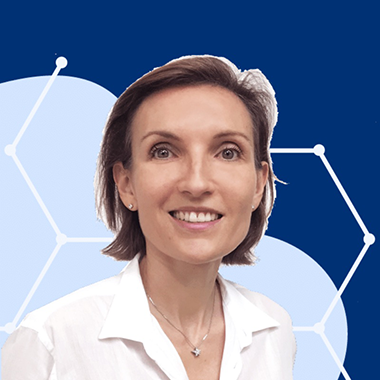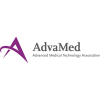The field of digital health is rapidly transforming healthcare. With the integration of technology, clinical data and analytics, digital health is improving patient care, diagnostics and treatment methods. More specifically, Software-as-a-Medical-Device (SaMD)—a subsector of digital health—is gaining traction in both industry scale and innovative solutions.
However, the SaMD market is subject to increasingly complex regulatory requirements that differ from country to country. Navigating multiple global markets demands careful consideration. According to the Ponemon Institute, the average cost for organizations with noncompliance problems is $14.82 million. These costs include fines, penalties and goods held at customs if regulatory requirements are not met. To align with regulatory requirements and ensure successful market entry, manufacturers must understand medical device regulation intricacies and continuously monitor global regulations.
Regulatory professionals are crucial in navigating diverse regulatory frameworks and market feasibility, and the addition of AI-driven regulatory platforms can simplify the process. The technology can promptly notify professionals of global regulatory updates and highlight essential regulatory changes and their implications for product compliance.
AI-driven regulatory platforms support SaMD organizations, in particular, by proactively monitoring and adapting to the dynamic global regulatory landscape. The technology promptly alerts users to anticipated regulatory updates worldwide, facilitating improved foresight and trend detection. It also provides guidance on addressing potential lapses in product compliance, seamlessly integrating with existing workflows and streamlining regulatory tasks from classification to registration and market entry.
In recent years, regulatory bodies have adopted these technologies to help manage their own workloads. For example, the U.S. Food and Drug Administration adopted AI to speed up application screening and reduce backlogs. The technology saved the agency over $500,000 annually and reduced an estimated 5,200 hours of work.
Global SaMD Regulations
Here’s a glimpse of how regulatory frameworks for SaMD vary in different regions:
- United States: SaMD products are regulated by the FDA, with classification based on risk (Class I, II, or III). Class II and III devices undergo rigorous premarket reviews.
- European Union: SaMD falls under the EU Medical Device and In Vitro Diagnostic Regulations, requiring CE marking for conformity. Device classification depends on intended use and risk.
- Canada: Health Canada oversees SaMD as medical devices. Classification is based on intended use and risk, requiring a Medical Device Establishment License and product registration.
- Australia: SaMD products are considered medical devices, regulated by the Therapeutic Goods Administration, and require registration before marketing.
- China: China classifies SaMD as medical devices, subject to regulations from the National Medical Products Administration, with varying pathways based on risk.
Unlocking Market Approval
Using AI-driven regulatory platforms, business leaders can continuously monitor the real-time regulatory landscapes of target countries, swiftly identifying the distinct regulatory frameworks governing SaMD in each region. With timely insights, professionals can determine which countries mandate SaMD product registration and navigate each country’s registration process. As a result, manufacturers can streamline their efforts and ensure that their products can be introduced effectively to each market.
Plus, AI-driven tools help support leaders in conducting meticulous evaluations to determine whether a product aligns with medical device classifications according to existing regulations. An accurate regulatory evaluation provides SaMD manufacturers with the necessary insights to appropriately position products, ensuring alignment with relevant standards and guidelines.
AI technology helps professionals assess the feasibility of product launches in target markets and explore various commercialization possibilities. The platforms not only deliver instant notifications of regulatory changes but also provide clear insights into what has changed about the law and how it directly impacts the business. As a result, manufacturers can make well-informed decisions about market entry strategies through comprehensive analysis, factoring in regulatory intricacies and commercial potential. Thus, these platforms’ insights not only ensure compliance but also contribute significantly to strategic market positioning, ultimately leading to the successful introduction and commercialization of SaMD products.
Strategies to Manage the SaMD Regulatory Terrain
Utilizing AI-driven regulatory platforms, professionals can effectively chart the most suitable regulatory pathway for launching medical device products in target markets. Equipped with in-depth knowledge, SaMD manufacturers gain a distinct advantage in comprehending intricate processes.
By embracing AI-supported technology, the need to scour multiple markets for requirements is eliminated, enabling manufacturers with the guidance of regulatory professionals to develop a strategic plan. The result is a notably efficient use of time and resources, allowing companies to focus on market execution and product development.
With regulatory uncertainties removed, SaMD manufacturers can focus on refining their products, pursuing successful market entry and developing impactful healthcare solutions.






